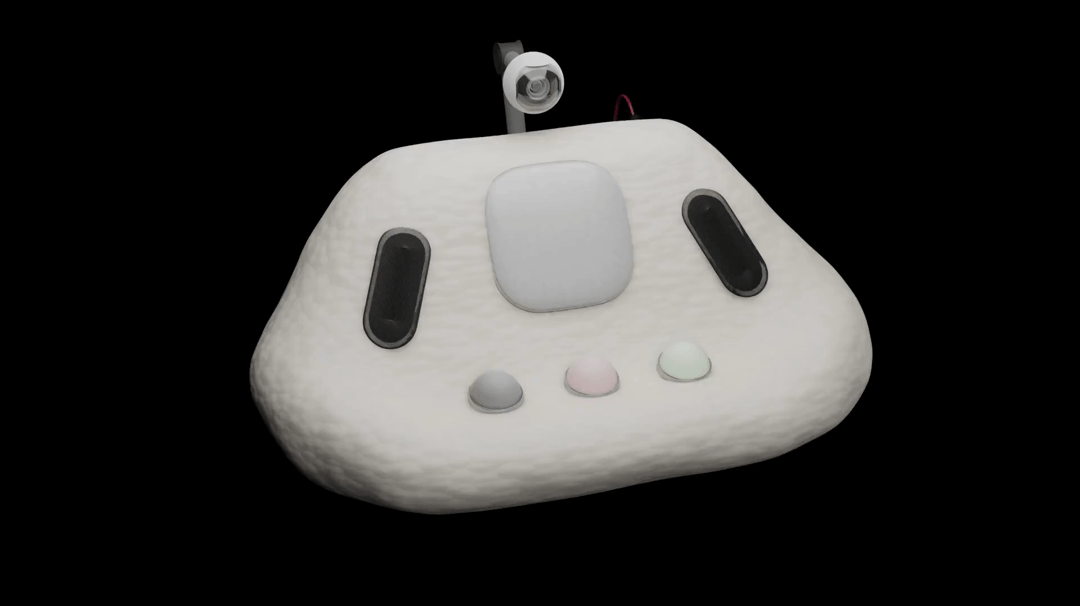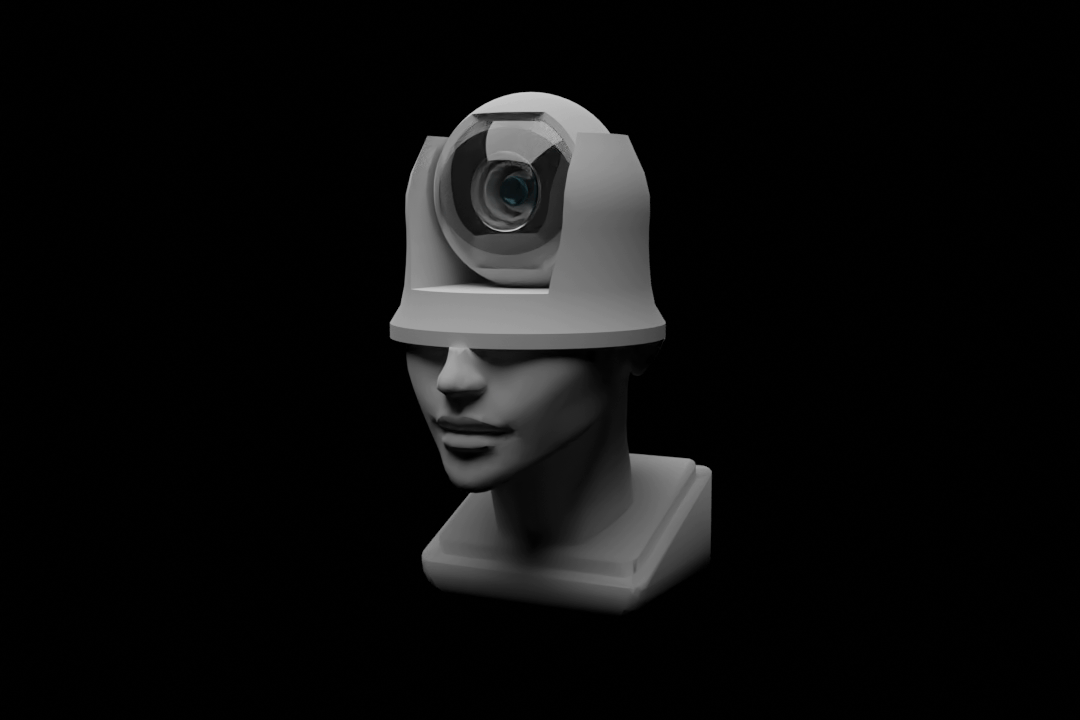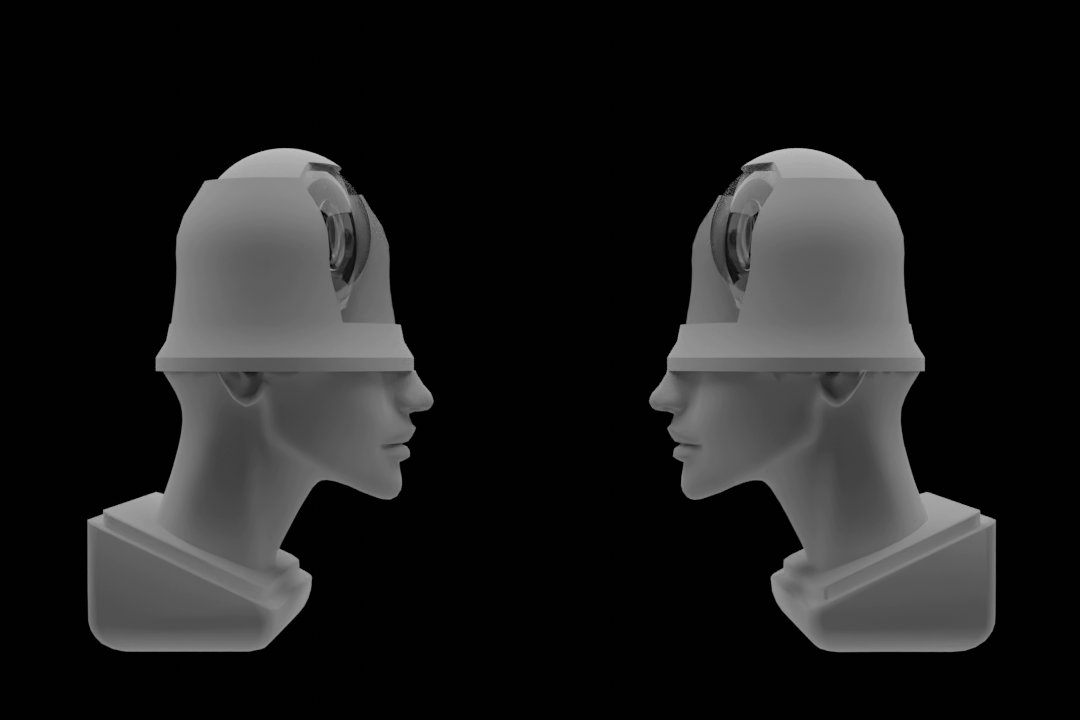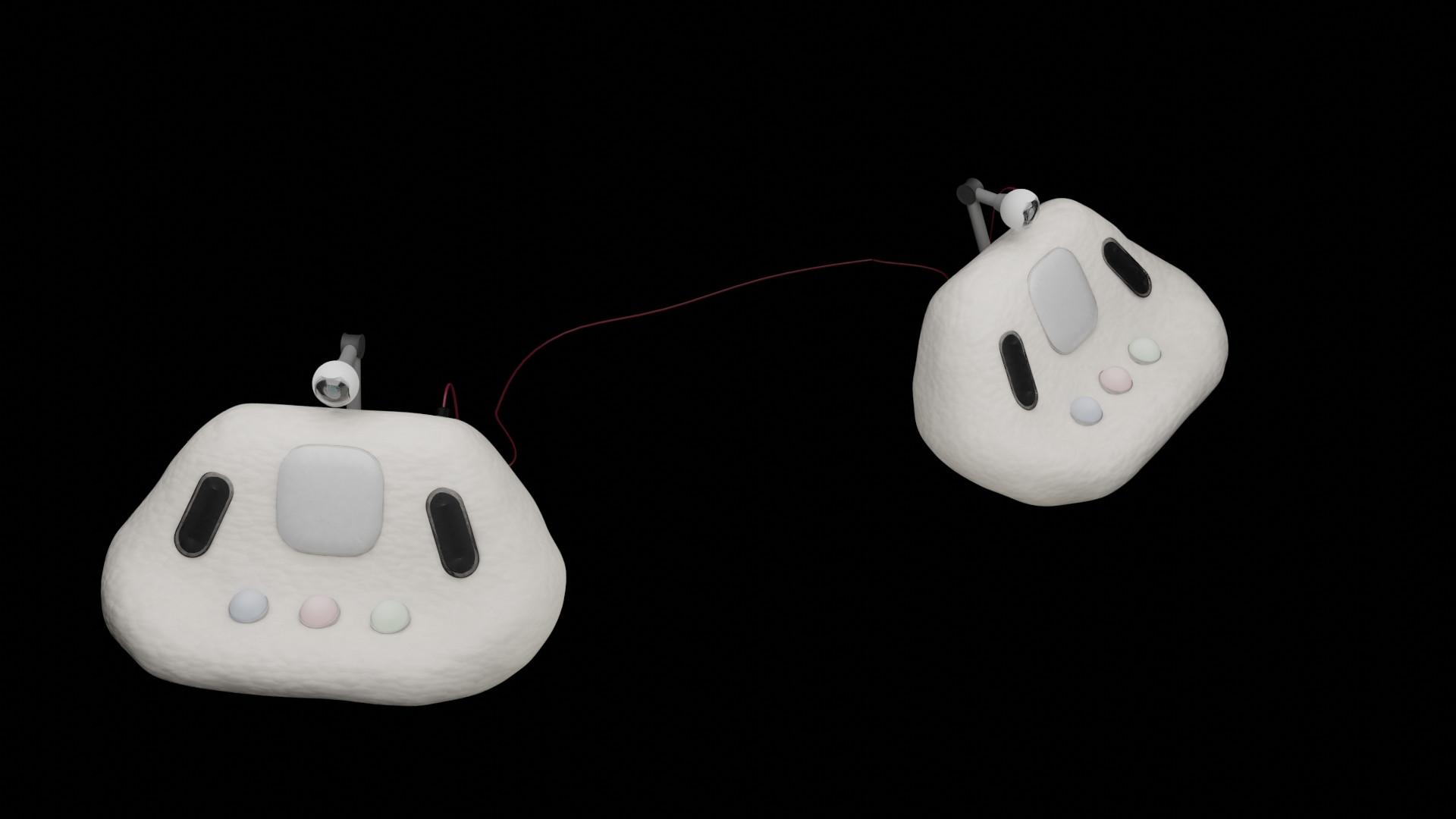PTZ.Phone
︎︎︎︎︎︎︎︎︎︎︎︎︎︎︎︎︎︎︎︎︎︎︎︎︎︎︎︎︎︎︎︎︎︎︎︎︎︎︎︎︎︎︎︎︎︎︎︎︎︎︎︎︎︎︎︎︎︎︎︎︎︎︎︎︎︎︎︎︎︎︎︎︎︎︎︎︎︎︎︎︎︎︎︎︎︎︎︎︎︎︎︎︎︎︎︎︎︎︎︎︎︎︎︎︎︎︎︎︎︎︎︎︎︎︎︎︎︎︎︎︎︎︎︎︎︎︎︎︎︎︎︎︎︎︎︎︎︎︎︎︎︎︎︎︎︎︎︎︎︎︎︎
Digital object
Dimensions variable2022
Being watched by surveillance cameras was always connected to losing privacy and even dignity. The people behind the camera are naturally standing at a dominant position, which means the power between the observer and the observed was not equal. The asymmetry of power was one of the reasons made people losing their sense of safety. Without a secure environment, people are less willing to start a conversation.

"PTZ.PHONE" was a response to the asymmetry of power inherent in surveillance cameras. While putting both the observer and the observed in the same position of power, the strangeness and the vigilances brought by being watched will be lowered. The shape and some functions of this object are taken from Pitch-Tilt-Zoom controllers which are used for manipulating cameras. The participants could only control their opposites' cameras, while the facial and body expressions will be recorded, and translate to lighting and vibrating on your opponent's PTZ.Phone. By giving other forms of communication, PTZ.Phone examines how we'd like those cameras to relate to us without being involved in the power asymmetry.



